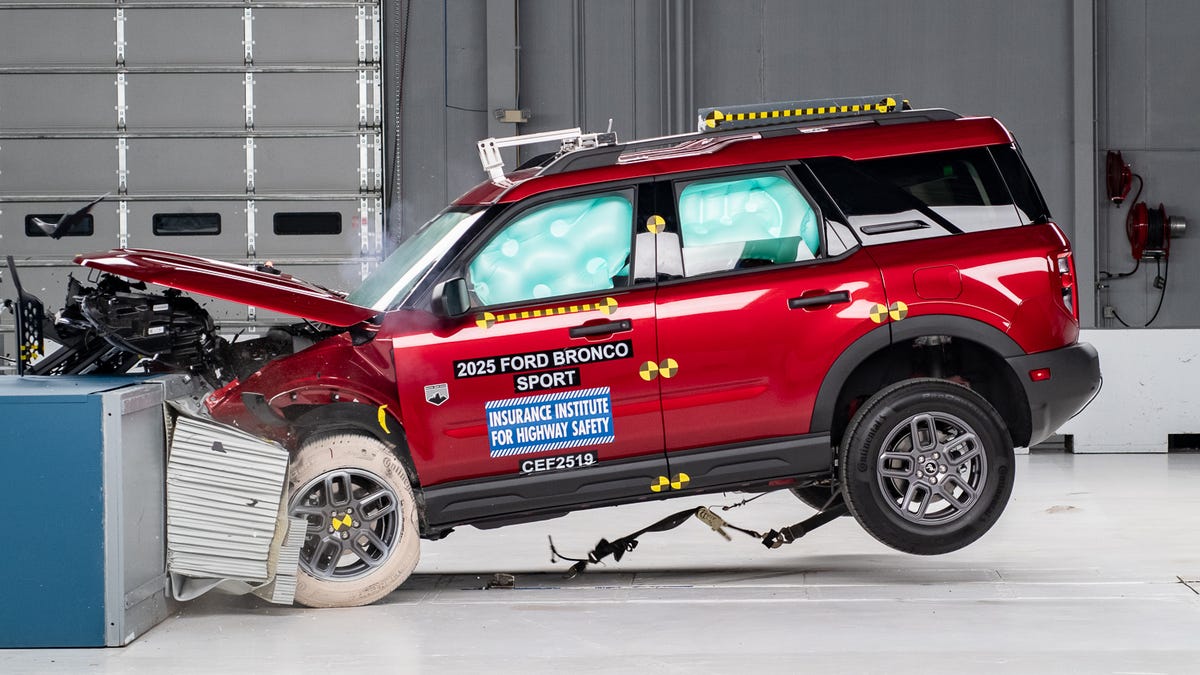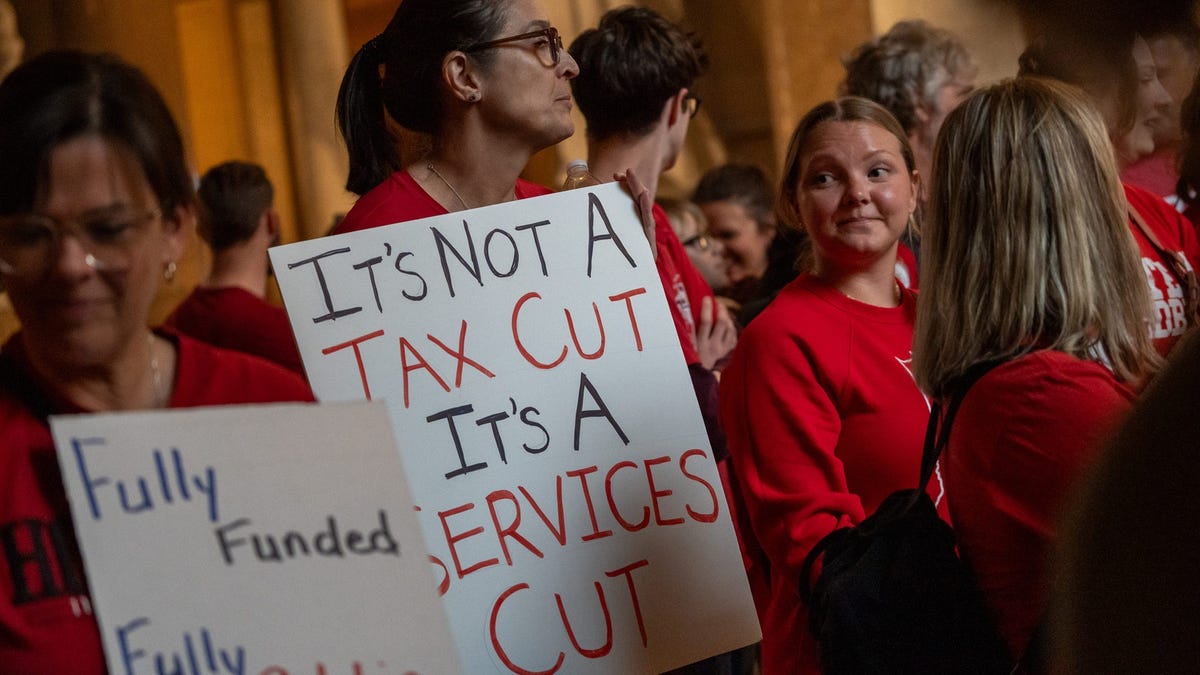
How are tariffs and your 401(k) retirement savings intertwined?
Experts say a rise in tariffs can lead to several factors that impact your retirement savings.
After years of fitful progress, Americans with 401(k) accounts are finally saving enough for retirement – almost.
That’s the takeaway from the latest retirement savings report from Fidelity, a leading plan manager.
In the first three months of 2025, the total 401(k) savings rate on Fidelity plans reached 14.3%. That’s an all-time high, and it approaches the 15% benchmark that many financial advisers set for optimal retirement savings.
A decade ago, in the first quarter of 2015, employees contributed 8.1% of their pre-tax pay to 401(k) plans, according to Fidelity data. Employers kicked in 4.4% in matching contributions, for a total savings rate of 12.5%.
In the first quarter of 2025, by contrast, employees saved 9.5% of their salaries, and employers matched 4.8%, for a total savings rate of 14.3%.
How much should you contribute to a 401(k)?
Retirement planners recommend a 15% contribution rate to 401(k) plans on this theory: If you save at least that much throughout your working years, you’ll have enough to live comfortably in retirement.
“It’s basically the rate that we recommend that will allow you to live the same lifestyle in retirement that you did before you retired,” said Mike Shamrell, vice president of thought leadership at Fidelity Investments.
The gradual ramp-up in 401(k) contribution rates reflects several positive trends in the retirement savings industry, Shamrell said.
Spend your money smart: Sign up for USA TODAY’s Daily Money newsletter.
The 4.8% employer match is an all-time high. Employers increasingly offer to match at least 5% of a worker’s pay in 401(k) contributions, as a way to attract and retain good employees. A common formula matches the first 3% of salary dollar for dollar, and 50 cents on the dollar for the next 2%.
“That’s basically free money for saving for retirement, and that is something that employees value,” said Mindy Yu, senior director of investing at Betterment, the online investment manager.
Big 401(k) trends: Auto-enrollment, auto-escalation
Another big trend to influence 401(k) contribution rates is auto-enrollment. Starting in 2025, most new 401(k) plans must automatically enroll employees, rather than leave the decision to workers.
Many older 401(k) plans are voluntary, meaning that employees must sign up to participate. Under auto-enrollment, an employee who does nothing opts in.
More than one-third of Fidelity plans now auto-enroll employees in 401(k)s at a contribution rate of 5% or higher.
“Unless a new hire takes action, they’re going to be saving for the plan,” said Rob Austin, head of thought leadership at Alight Solutions, a human capital technology and services provider. “That’s much different than how 401(k)s first started, and you had to enroll on your own.”
Another evolving feature allows employees to automatically increase 401(k) contributions from year to year. Nearly three-quarters of Fidelity plans now have an auto-escalation feature.
Is retirement savings finally catching on?
Retirement plan contributions are rising at a moment when tax-advantaged retirement savings seems to be catching on in the American workplace.
Half of all private-sector workers now participate in 401(k)-type plans, up from about two-fifths of employees in 2010, federal data shows. Some retirement experts see 50% participation as a retirement-savings tipping point.
More private-sector Americans are participating in 401(k) plans, at least in part, because more employers are offering them. Between 2014 and 2024, employee access to 401(k)-style plans rose from 60% to 70%, according to the Bureau of Labor Statistics.
Those positive signs are important, retirement experts say, because many Americans fail to save for retirement.
Wealthy workers amass more retirement savings
The wealthiest Americans are the most likely to amass retirement savings. For households in the top 10% by income, the median retirement account held $559,000 in 2022, according to the federal Survey of Consumer Finances. An overwhelming 93% of those households held retirement accounts.
For middle-income Americans, those in the 40th to 60th percentile by income, the median retirement plan held just $39,000, and nearly half of that group had no retirement accounts.
Many smaller employers don’t offer 401(k) plans. Nearly half of workers have no access to any retirement plan at work, according to an AARP analysis.
Americans achieved a record rate of 401(k) savings at a time when their account balances were slipping.
Average 401(k) balances fell by 3% from late 2024 through early 2025, to an average value of $127,100, Fidelity reports. The decline came during a span of market volatility as President Trump took office and launched a trade war.
Gen Z has good retirement savings habits
If 401(k) contribution rates continue to rise, investment experts say, one reason will be good savings habits among younger workers.
The total 401(k) savings rate for Generation Z workers is 11.2%, Fidelity reports, not far behind the savings rates for Millennials (13.5%) and Generation X (15.4%). The savings rate for young adults is significant, because Gen Z is decades away from retirement.
“I think most of the newer, younger cohorts are in this environment where they learn that they need to be saving a lot,” Austin said.
Younger workers know about the decline of pensions as a source of retirement income, and the possibility that Social Security will face a shortfall when they retire.
“Shortfall risk is very real,” Yu said.
Younger workers are more likely than older workers to contribute to a Roth 401(k), Fidelity data shows. Those workers are effectively contributing at a higher rate, Austin said, because Roth contributions have already been taxed.









